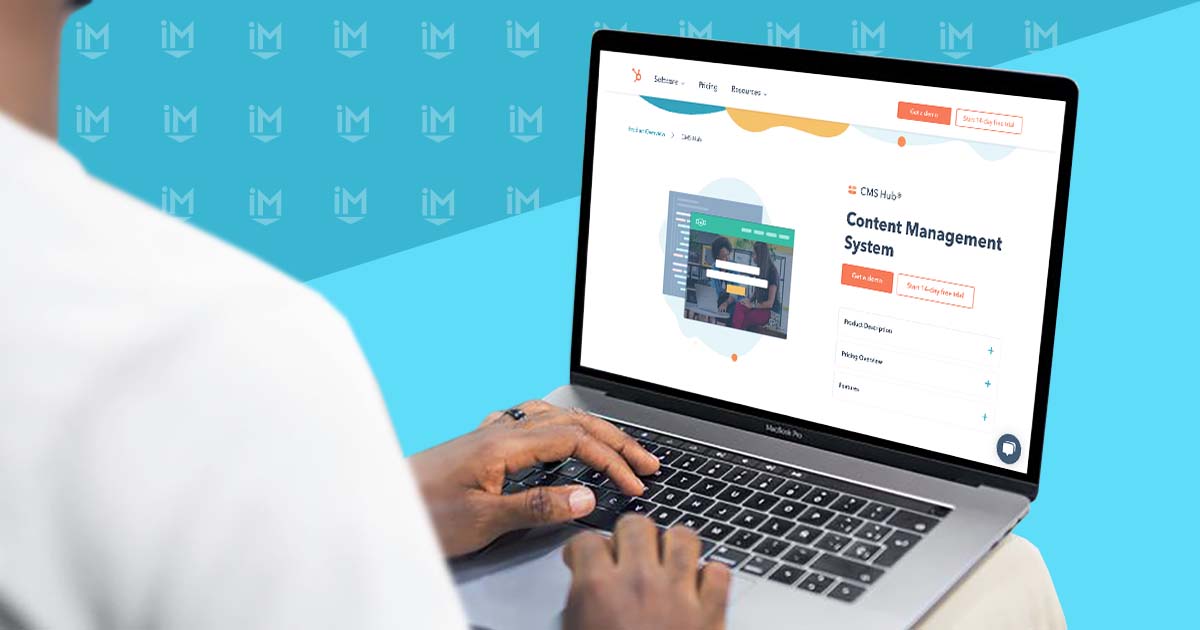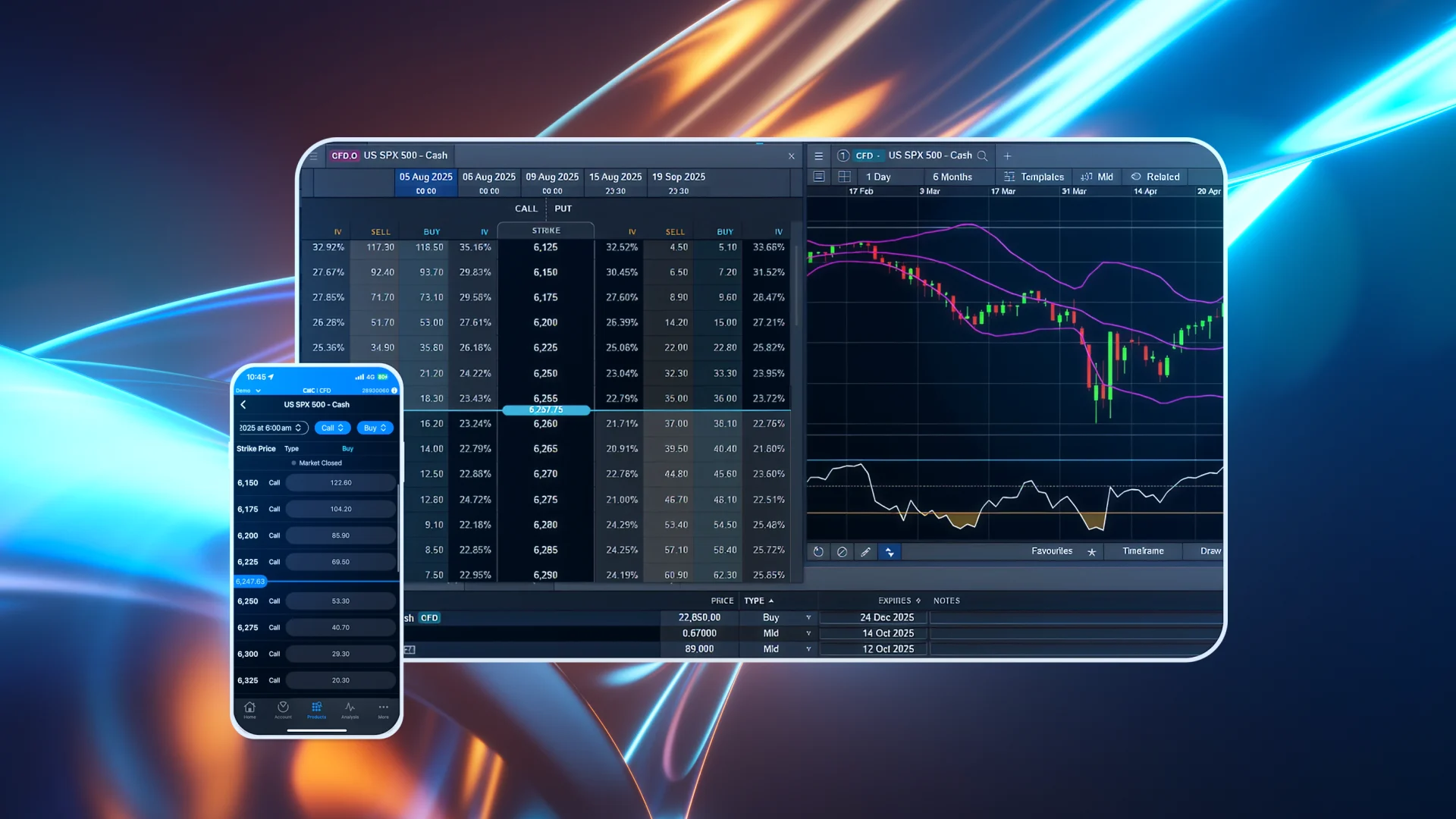Blockchain for the IoT in Business
A New Horizon in Data Sharing Framework
Blockchain is a shared distributed database for peer-to-peer transaction. The core of this technology is bitcoin – a digitally encrypted wallet for controlling transaction and payment system which was introduced in 2009. This transaction management system is decentralized and generally runs without any intermediary. These transactions are endorsed by a set of network nodes and documented in a communal ledger known as blockchain.
The Internet of Things (IoT) is a cyber-physical network of interconnected computing devices, digital objects, and individual with unique system IDs. The objective of the IoT space is to serve a single point of integration and transfer data online without the need for human or computer interference.
There is an intricate relationship between blockchain and IoT. IoT providing business entities may find solutions using blockchain technology. The joint system can develop and record a cryptographically secured dataset. Such database and records are protected against alteration and theft, provided that it is highly secured and malware protected. The duo can build transparency and accountability while moderating business development mechanisms. Blockchain itself can help reduce workplace mismanagement, overhead expense and business unpredictability through its interconnected servers. The digital ledger can develop a cost-effective business and management system where anything can be effectively exchanged, properly monitored and tracked. This process eliminates the need for central management system, which essentially eliminates many bureaucratic red tapes and streamlines business processes. The commercial adoption of this innovation is offering immersive platform in IoT domain and within business enterprises.
Blockchain essentially empowers the interconnected IoT devices to partake in secured data exchanges. Companies and business entities can use blockchain to manage and process data from edge devices, such as RFID-based assets (Radio-frequency identification), machine readable barcode and QR code, infrared bluster (IR Bluster) or device information. If integrated to business setup, the IoT edge devices will be able to transfer the blockchain-based records to update contracts or validate communication network. For example, if an IoT enabled and RFID tagged asset with sensitive geographic location and confidential information moves to another undesignated point, the information will be automatically stored and updated on a blockchain ledger and necessary actions will be taken if the system is assigned. As the product advances to different locations, the system allows the stakeholders to get status of the package’s whereabouts.
To enjoy the fruit of the blockchain enabled IoT framework, business organizations need to bear four basic principles:
1. Cost Reduction
The edge devices need to decrease operation processing time and eliminate the IoT gateways or internet intermediaries within the system. Since data sharing, and information are communicated within the system, eliminating additional protocol, program, hardware, channel, node or communication cuts the overhead costs.
2. Accelerating Data Exchange
Blockchain enabled IoT can eliminate the IoT gateway or any filtering device required to establish network among cloud, administrator, sensors and devices. Expelling such ‘middle man’ can enable peer-to-peer contracts and data sharing. In this process, the digital ledger eliminates the additional time required for synchronizing device and processing and harvesting information. However, eliminating the IoT gateway provides conduits for malicious malware and security breach. The blockchain enabled IoT network can tackle it by installing features such as, malware detection, and encryption engines.
3. Trust Building
Through blockchain enabled IoT space, devices and appliances can virtually and physically transact and communicate as trusted parties. Unlike a conventional business where transactions require endorsement and verification, blockchain does not need any central authentication or peer recommendation. As long as the network is secured and the trusted parties are technologically adept, IoT space does not require further documents. For example, Team A may not know Team B, may not have met physically or trust verifiably, but the stamped record of online transactions and information sharing within blockchain’s ledger confirms the business trustworthiness. This enables the individuals, organizations, and devices to earn mutual trust which is vital to establishing revolving business setup and eliminating administrative clutter.
4. Stepping up Security for IoT
Blockchain provides room for decentralized network and technology that promises to store, handle and retrieve information from its billions of connected devices. This system has to provide heavily safeguarded network that is both encrypted and easy to use. The decentralized network has to provide high throughput, permission, low latency and querying. Installing blockchain in the IoT network can regulate and moderate the data exchange through the edge devices while maintaining the same secured transaction and information exchange of the connected devices.
Elimination of Failure Points in IoT Space
Blockchain enabled IoT can upgrade supply chain network by tracing the tagged items as they move along various points in an import store or warehouse, while authorizing secured and accurate product delivery. Blockchain installation provides precise and detailed product confirmation, and solid traceability of relevant data along the supply chains. Rather than finding paper trails for identifying country of origin (COO), IoT can validate each product’s physical confirmation via a virtual ‘visa’ that provides relevant information such as, authenticity and origin of the product. Blockchain can also make auditable records of the products and help organizations to trace back or produce history of the records. It can also give secure access to data network for administrative record or alternative plans.
Blockchain enabled IoT is not confined to enterprise glitches or use cases. Any business entity with an IoT space can increase business productivity by marginalizing costs, eliminating bottlenecks, extra cycles, and single points of failure in system by actualizing process innovation. It is for such organizations’ own interest to understand, adopt and implement blockchain to their enterprise solutions.
More to Come…
Ushered by the fourth industrial revolution (4IR), blockchain enabled IoT now constitutes the most dominating innovation after the integration of transistors and computing systems. It is the disruption that welcomes the ‘second machine age’ in terms of digitization and advanced artificial intelligence (AI). Business facing organizations are the frontrunners to enjoy the fruit of this revolution. It will be unfortunate if these organizations fail to realize the business facing potential of this mega integration that can bring intelligence to systems anywhere and everywhere. Along with the new integration, this system also escorts critical adaptability issues concerned with distributed network such as preservation of privacy and data network, coordination of security apparatus and management of intellectual property. While many tech-builders are building an open source foundation to address these issues, organizations and business entities should embrace and proliferate this technology for increased mobility and improved product and service integration.








